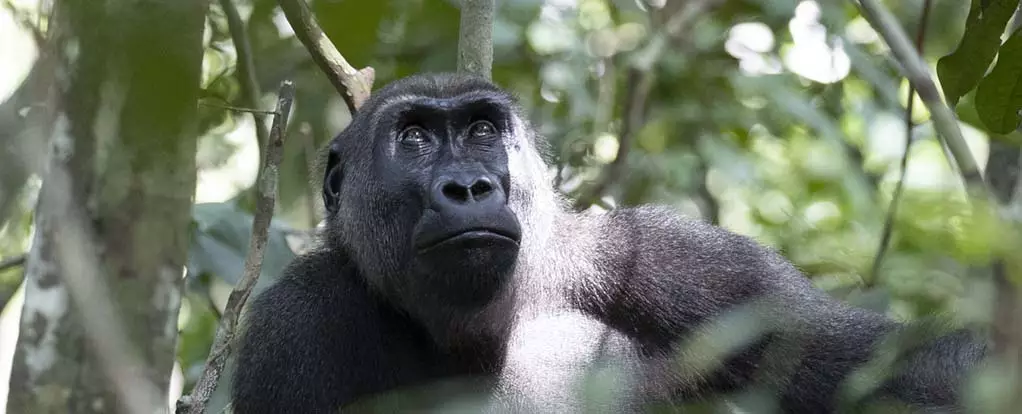The rich and vibrant ecosystems of Africa are often reservoirs of traditional knowledge and natural remedies. Nowhere is this more evident than in the Moukalaba-Doudou National Park in Gabon, where both humans and local wildlife, particularly the western lowland gorilla, coexist amidst a lush tapestry of plant life. The traditional practices of local healers blend seamlessly with modern scientific investigations, leading to a greater understanding of the medicinal potential offered by native flora.
Traditional medicine has been an integral part of human culture for centuries. Residents in Gabon’s surrounding villages have long utilized plants not only for nourishment but also for their healing properties. This cultural heritage is increasingly being validated by scientific inquiry, which unearths the intricate relationships between local wildlife and indigenous plant use. A recent study highlights the overlap between the dietary habits of western lowland gorillas and the botanical remedies employed by local healers, showcasing a rich tapestry of knowledge that bridges the gap between two species. The shared experience of utilizing biodiversity for health underscores the importance of protecting these natural habitats.
Led by notable bacteriologists Leresche Even Doneilly Oyaba Yinda and Richard Onanga from the Interdisciplinary Medical Research Center of Franceville, the research examined four specific plant species: the kapok or fromager tree (Ceiba pentandra), the giant yellow mulberry (Myrianthus arboreus), a certain ficus species, and African teak (Milicia excelsa). Their investigations into antimicrobial and antioxidant properties revealed important insights, particularly in relation to multidrug-resistant strains of Escherichia coli bacteria. The fromager tree’s bark exhibited exceptional antibacterial properties, shedding light on its potential utility in combating pressing public health concerns, particularly in an era increasingly threatened by antibiotic resistance.
Moreover, the study revealed notable differences in preparation methods affecting the antioxidant levels of these plants, suggesting a nuanced understanding of traditional plant use may be key to unlocking their full medicinal potential.
The identified plant compounds—phenols, alkaloids, flavonoids, and proanthocyanidins—have been linked to various health benefits, including anti-inflammatory and antioxidant effects. The implications of these findings are twofold: they strengthen the case for the use of these plants in traditional medicine while simultaneously drawing attention to the need for further exploration of their mechanisms and therapeutic efficacy. Yet, one must tread cautiously. The lack of clinical evidence highlighting the precise efficacy and safety of these remedies reminds us that traditional knowledge, while valuable, should be approached judiciously.
The concept of zoopharmacognosy—where animals use plants to medicate themselves—provides intriguing insights into the behavior of gorillas consuming plant materials. While the current research points toward potential health benefits, it remains speculative whether gorillas intentionally consume these plants to alleviate ailments or simply for supplementary nutrition. The recognition of such behavior in wildlife prompts further inquiry into how traditional and animal medicine intersect, possibly laying the groundwork for novel therapeutic avenues.
As research shines a light on the invaluable contributions of biodiversity to health and medicine, it is crucial to advocate for the preservation of natural ecosystems like Moukalaba-Doudou National Park. Not only do these areas harbor a rich diversity of life, but they also serve as the genesis of countless active biomolecules that could lead to future medical breakthroughs. Protecting these environments safeguards not only the well-being of local and global communities but also the innate wisdom embedded within traditional practices.
The vibrant interplay between traditional medicine, scientific research, and conservation efforts in Gabon invites renewed appreciation for the cultural heritage and ecological wisdom it encapsulates. As we unlock the secrets of the plants we share our world with, the possibilities for future health and healing appear boundless, underscoring an enduring connection between humans and nature.


Leave a Reply